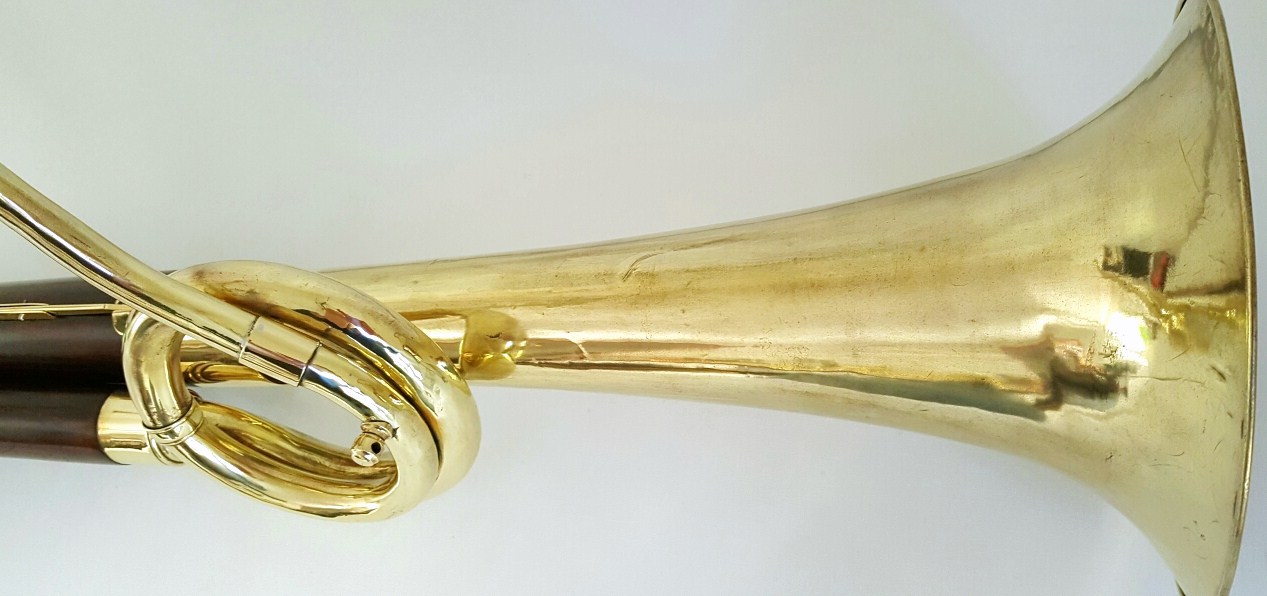Old Musical Instruments
Buying-Selling Early Musical Instruments
William Petit wpetit@sfr.fr Tel 00 33 6 13 12 43 22
Appraisal
Saxophones Selmer
Saxophones Adolphe Sax
Flûtes
Woodwind
Brasswind
Mandolins
Strings
Violin-Viola d'Amore-Quinton
Miscellaneous
Russian Bassoon by Cuvillier
An obsolete brass musical instrument similar to the bass horn.
The appellation Russian bassoon is wrong due to a phonetic mistake.
This kind of instrument should be called Prussian bass horn upright serpent, because it was used very currently at the Prussian army
from the end of the18th century.
This one in particular was made by luthier Cuvillier in 1820-30.
The instrument, said to have been designed circa 1780, consists of four to five sections including butt and wing joints similar to the conventional bassoon, a conical bell column and dragonís head, and either a single coiled or swan-shaped bocal. J. J. Regibo of Lille, France is attributed as the inventor of the basson russe, claiming that the instrument was stronger and easier to play than the serpent ordinaire.






